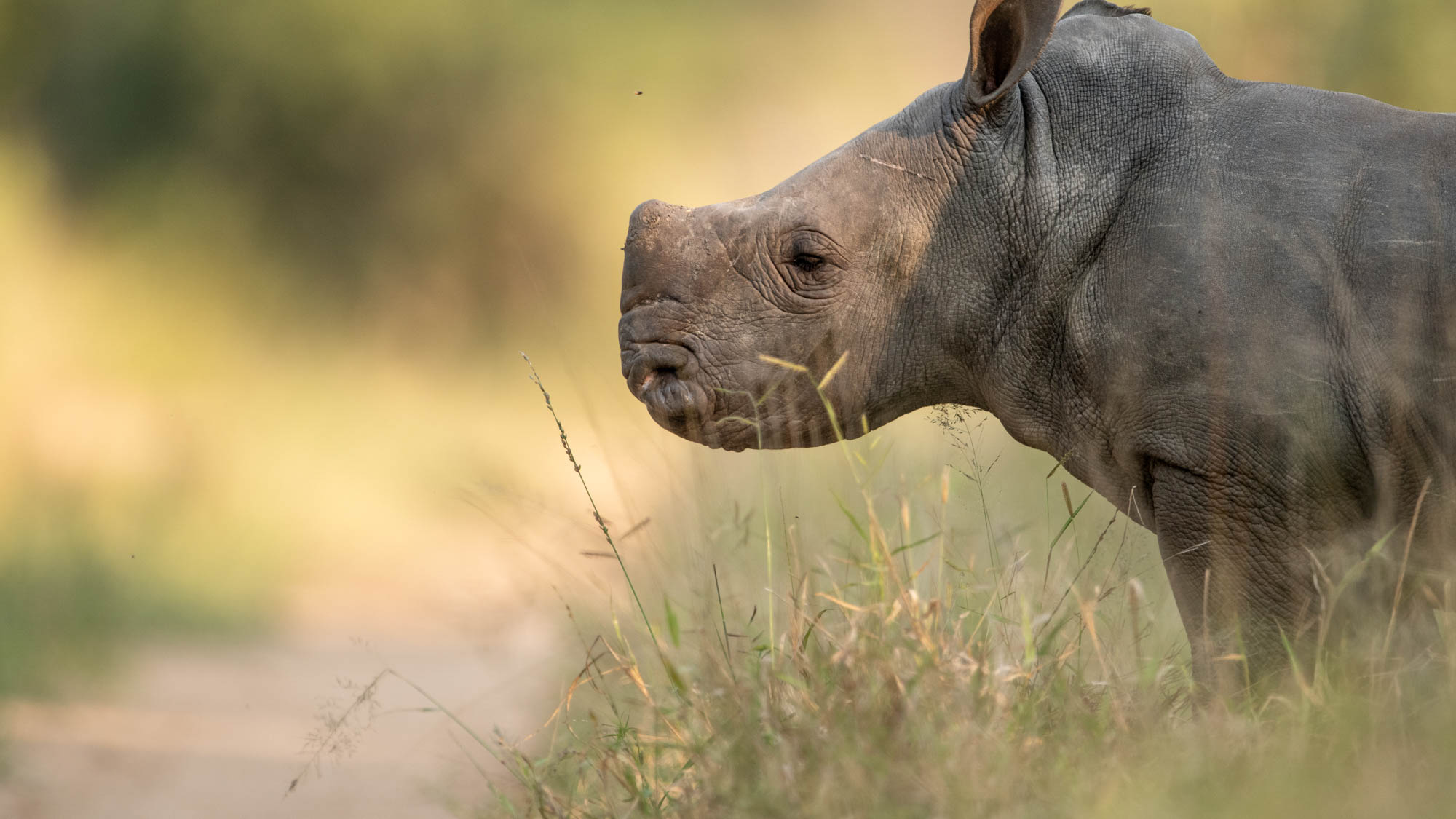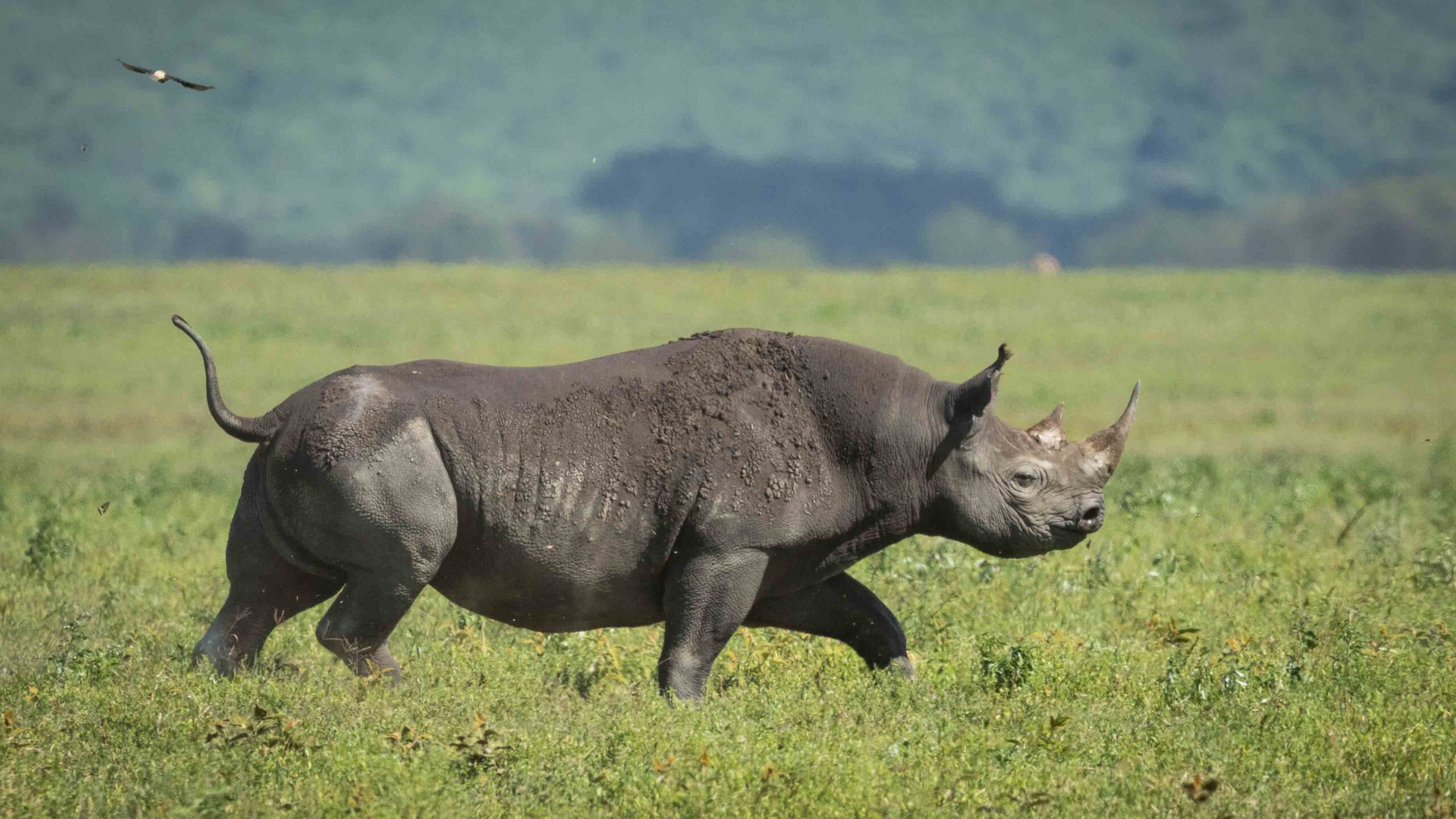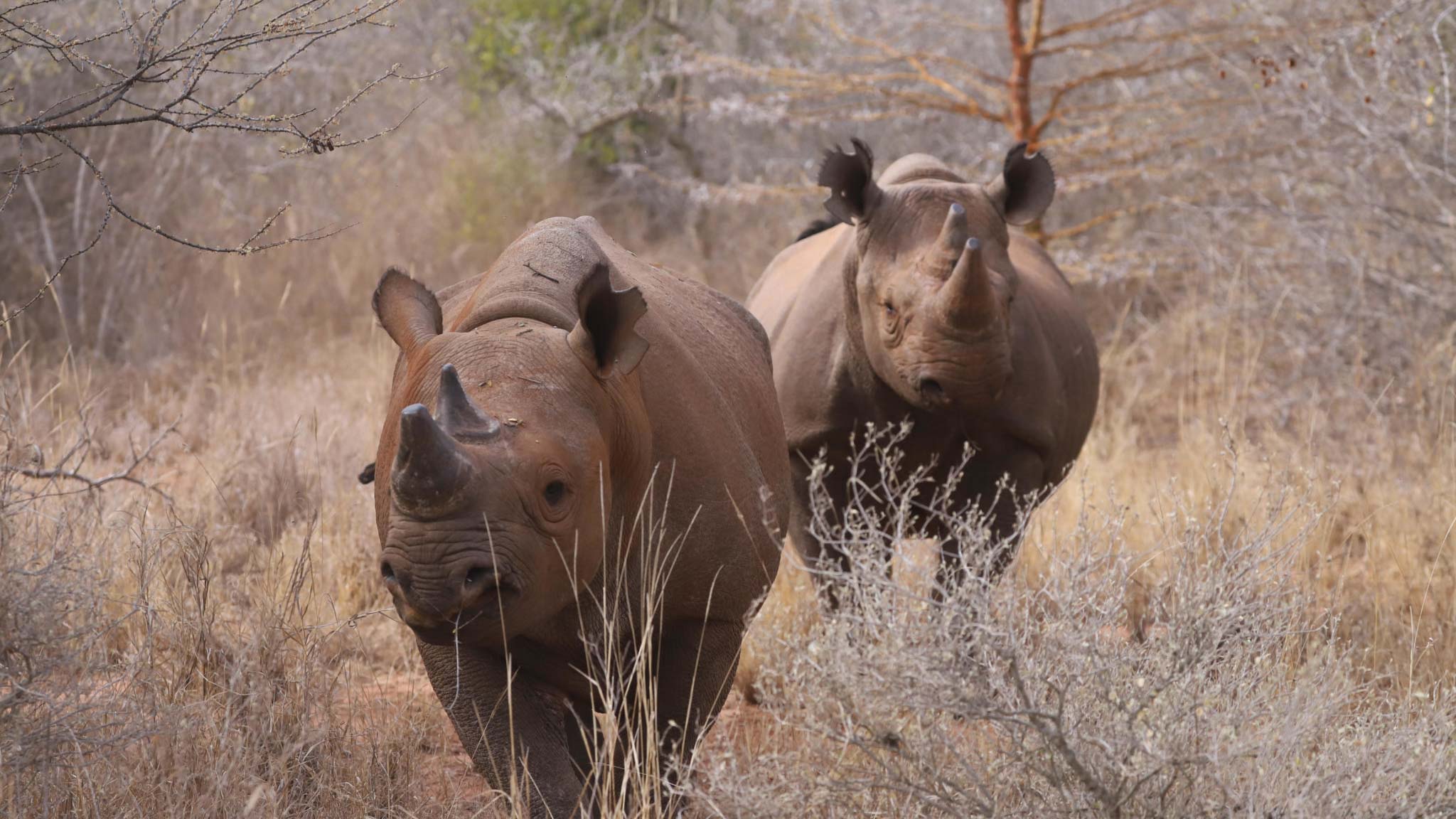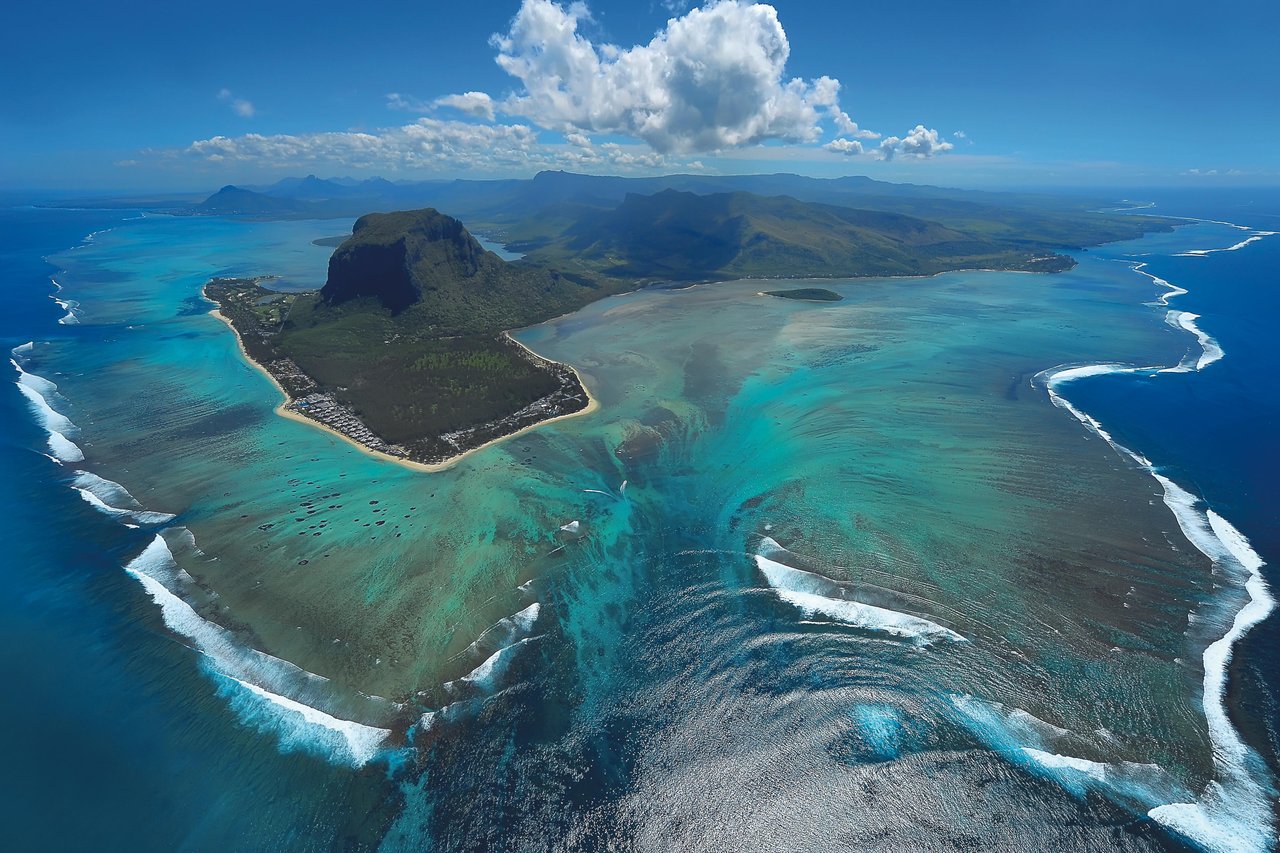The Rhino experience
Let's protect, shall we?



why protect the rhino?
The Eastern black rhino is critically endangered; fewer than 6,000 black rhinos remain across Africa, and just a few dozen of those in Tanzania are of this subspecies Kora Project. These animals once roamed the wild, but poaching, driven by the horn trade and fueled by myths, decimated populations over decades. Today, Mkomazi stands as a shield built not just of steel and patrols, but of collective will and belief that they belong here.
At Mkomazi National Park in northern Tanzania, the Eastern black rhino made a remarkable comeback. Once gone entirely, 15 rhinos were reintroduced in the 1990s through a bold conservation partnership. By 2019, the sanctuary spanned 55 km² and supported 34 rhinos — now about 30% of Tanzania’s total population. Each thundering step here is a symbol of survival and hope.
How many nights?
We recommend three nights at Mkomazi — a place of silence, space, and solitude. Follow rhino tracks, listen for wild dogs, and drive for hours without another vehicle. Arrive a visitor, leave a guardian.
When to go:
The dry season (June to October) is ideal for Mkomazi. Clear skies, cooler nights, and open landscapes make rhino tracking rewarding and travel smooth. In wetter months, access is harder, and the sanctuary slows with the rains but still a fabulous experience , recommened to all!
Our recommended pairings:
The dry season (June to October, depending on the region) is the best time. Cooler evenings, clear skies, and easier access to remote spots make it the perfect setting. During wetter months, flycamping is often not possible as camps move with the weather.

